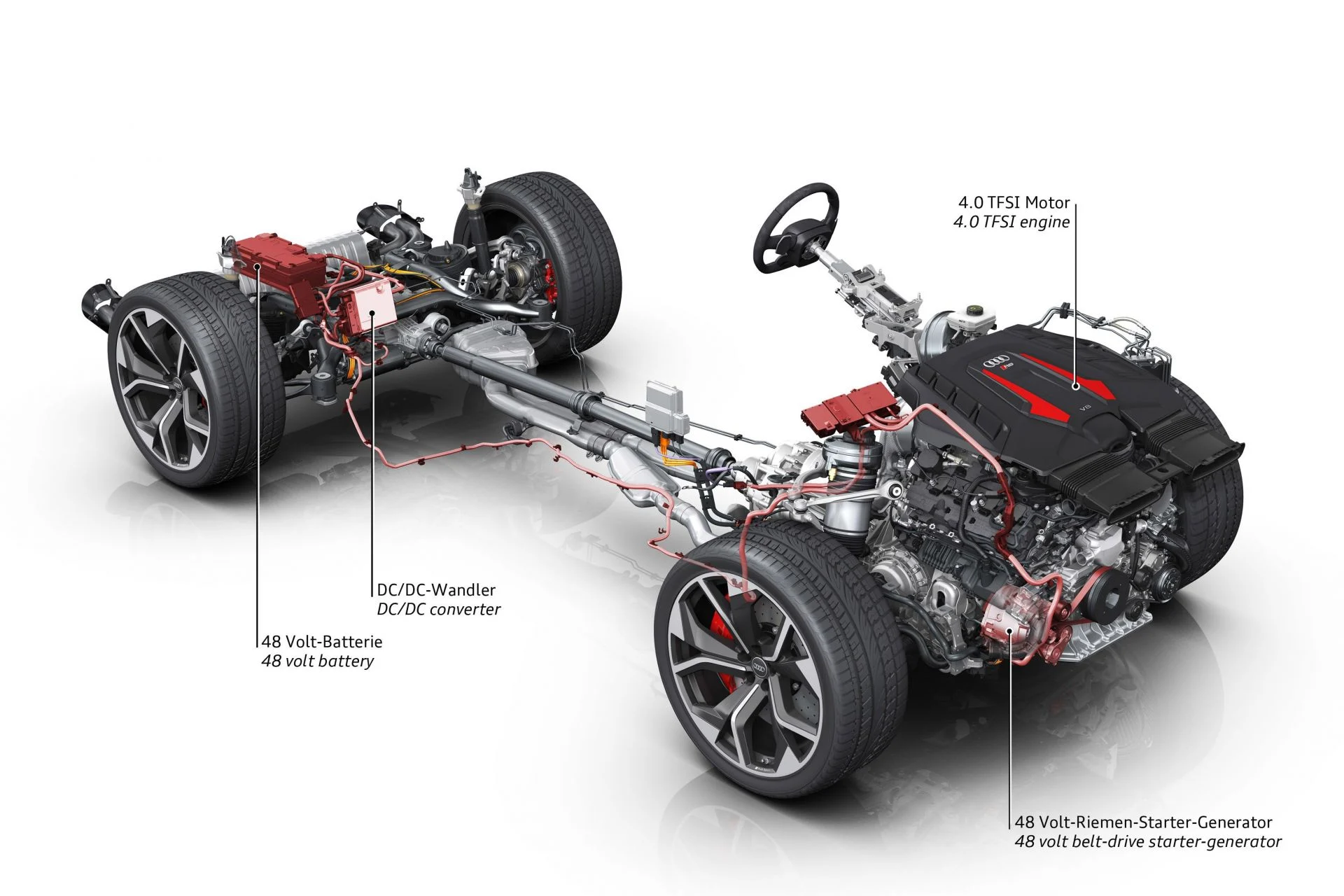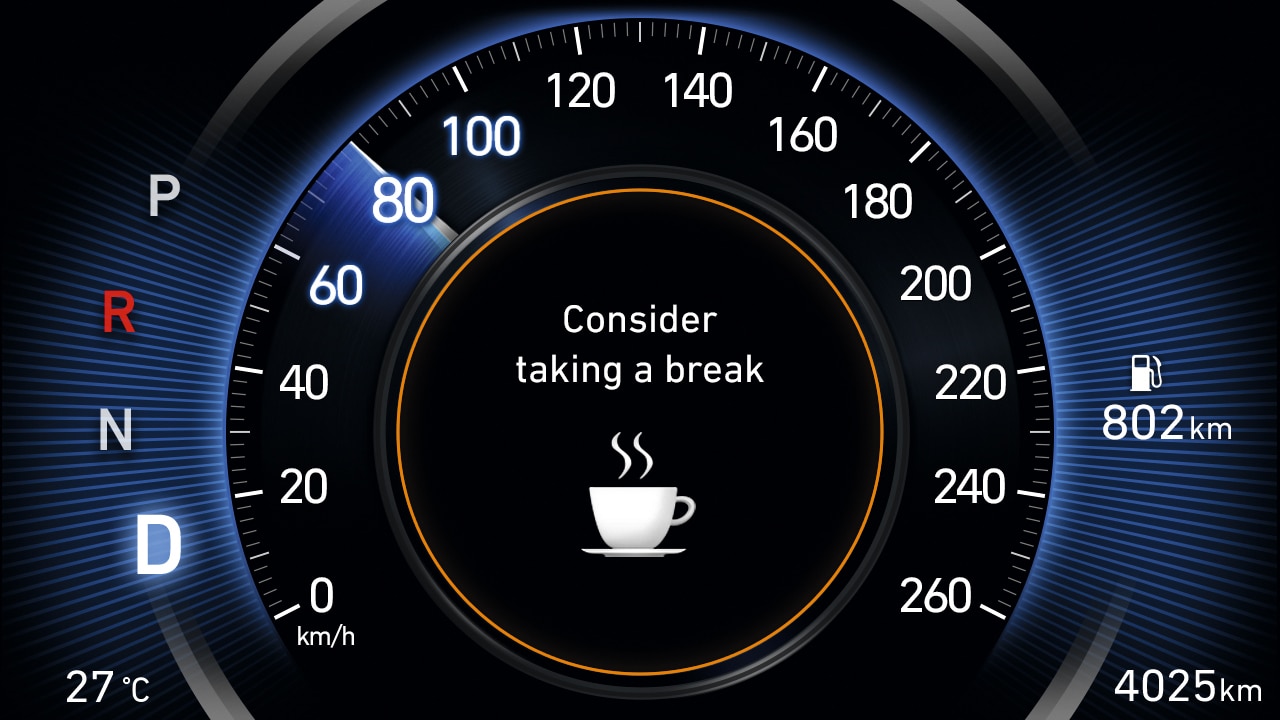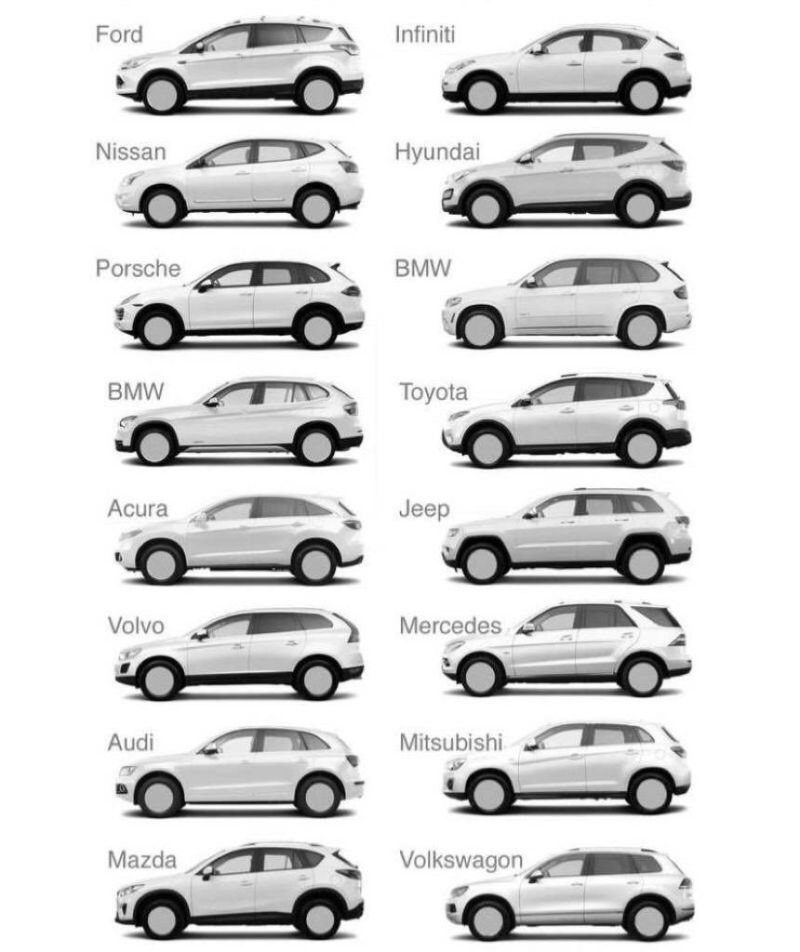11 October 2025
How is it possible that, despite living in an era where humanity has reached peak brilliance in manufacturing, cars seem to get worse with every new generation?
The short answer: they aren’t really worse.
The very short answer: illiterate bureaucrats.
Regulators — particularly those in the EU — are the ones directly responsible for forcing people to buy cars they don’t like, don’t need, and can’t enjoy driving.

Take my father, for instance. He drives from city A to city B once a month, and that’s it. Yet he was forced to buy a mild hybrid equipped with a stupid, useless 30-kilogram lithium battery sitting where the spare wheel should be. Supposedly, this battery, together with a complex alternator that doubles as a support motor, can save between 5% and 15% of fuel… in the city. Since my father never drives in the city, all it does is add dead weight, making the car heavier, less efficient, and more expensive.
And that’s not even the worst part — the car is a pain to drive. The new mandatory ADAS systems are implemented in a way that completely destroys the driving experience. The driver-fatigue sensor constantly interrupts you with beeps and chimes, most of them false alarms. The car scolds you for drifting too close to the road’s edge or exceeding the speed limit (very often after reading the maximum speed limit incorrectly from the post sign).

There are so many alerts and false positives that driving itself becomes stressful. To make things worse, regulations require that all alerts must be active on vehicle startup. So if the Driver Attention Warning is useless (which it is, in most cars) and you turn it off, it’ll switch itself back on the next time you start the engine — and there’s nothing you can do about it.
In short, we’re forcing people to use hybrid technology in contexts where it makes no sense, and we’re deploying safety systems that prioritize regulatory compliance over actually reducing accidents.
As a UI specialist, I can’t understand how governments lecture us about the dangers of using smartphones while driving, yet allow massive touchscreens to replace simple climate controls. This only makes sense once you realize that bureaucrats write rules for the sake of writing rules — without the faintest idea of what they’re regulating.
And that’s what saddens me. These regulations have pushed the automotive industry into a kind of sterile uniformity where driving a new car becomes less exciting every year.

Cars have become such complex digital platforms that manufacturers can no longer afford to take creative risks. Affordable convertibles have vanished, sedans are disappearing, and weird, charming experiments like the Fiat Multipla are extinct.
I miss the days when owning a car wasn’t just about transportation, but about freedom — when young couples could buy an old, cheap car just to cross the country for the adventure of it.
On a hopeful note, if electric vehicles eventually become cheaper, they might revive the experimental spirit.
Since electric cars are simpler than their combustion counterparts, companies might finally have room to start innovating again. A clear example is Slate, a brand building a customizable car based on a very open platform.
Meanwhile, European car manufacturers are urging regulators to create a new car class inspired by Japan’s kei cars. The idea is to allow smaller vehicles to be exempt from mandatory ADAS systems and other expensive features that many users don’t actually need.
If these ideas align and more manufacturers join in, maybe cars could once again be about curiosity, individuality, and the sheer pleasure of driving.